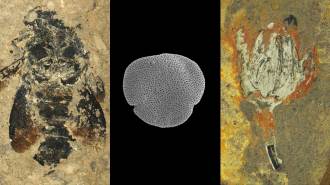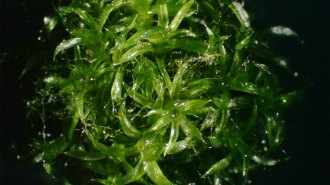The dietary habits of the emerald ash borer beetle are complicated
The insect's larvae doom trees by chewing tunnels under the bark
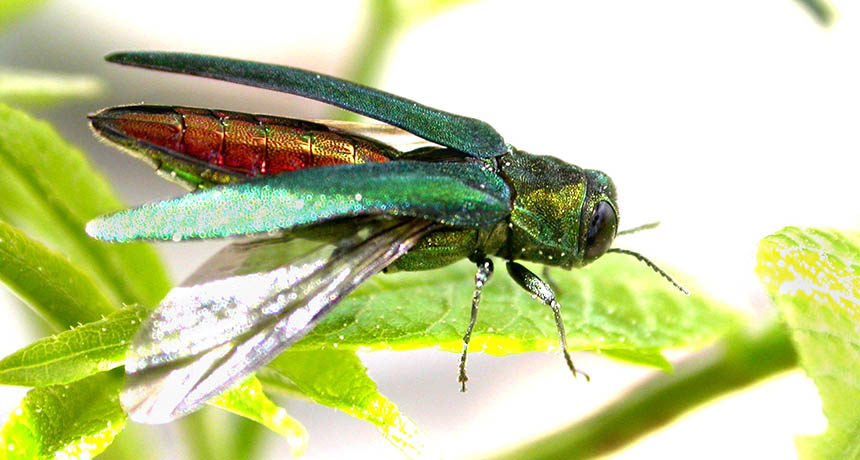
HIDDEN TASTES The emerald ash borer has been attacking ash trees in North America for more than 20 years, but it’s recently become clear that’s not all it does.
David Cappaert, Michigan State Univ./USDA (CC BY 2.0)
DENVER — An invasive beetle has unexpected — and potentially troublesome — tastes in trees. Now two new studies are clarifying the insects’ dining habits, researchers reported at the annual Entomological Society of America meeting.
Metallic-green Asian beetles called emerald ash borers (Agrilus planipennis) have devastated wide swaths of forest in North America. For years, researchers believed that only various kinds of ash trees were at risk. But in 2014, researchers noticed infestations in white fringe trees (Chionanthus virginicus), a multi-stemmed tree native to the southeastern United States with flowers like a cluster of streamers. And after looking at trees related to ashes, researchers reported lab evidence in 2017 that the beetle larvae can grow to adulthood in the Manzanilla variety of commercial olive trees (Olea europaea). Whether the beetle poses a serious or slight risk to the overlooked targets is still being researched.
Emerald ash borers, accidentally imported probably in wood packing materials during the 1980s or 1990s, have killed hundreds of millions of ash trees in 31 states and two Canadian provinces. Larvae chewing tunnels through trees’ internal nutrient channels can doom a tree. It’s “a major, major pest,” says entomologist Jackie Hoban of the University of Maryland in College Park. “It’s so sad — you see entire patches of trees just dead.”
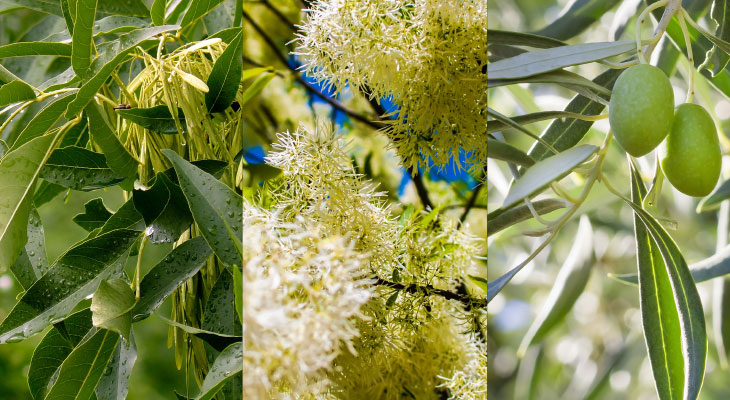
Lab tests of the recently discovered threat to olive trees show that adult borers don’t eat as much of these leaves as they do of ash leaves, forest entomologist Donnie Peterson of Wright State University in Dayton, Ohio, reported November 6 at the meeting. These adults also die prematurely if those leaves are the only food option. But adult borers’ distaste for this variety of olive doesn’t yet mean the trees are safe. Female beetles feeding on ash trees might, in theory, fly to a nearby olive to lay eggs.
To compare beetles’ preferences for laying eggs on olive versus ash will take a larger study. But Peterson’s first results are a little worrying. When he put olives and green ashes in a known infested zone, one of the few eggs he found was on an olive tree.
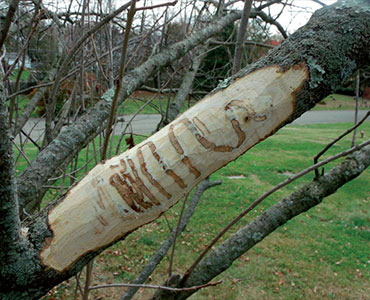
Olson works on whether biocontrol strategies developed for ash trees might also work on white fringe trees. So far, it doesn’t look encouraging. In outdoor tests, the most successful of four tiny parasitic wasp species released in North America did what they’re supposed to: Tetrastichus planipennisi doomed some beetle larvae in ash trees by using the youngsters as living food for baby wasps. Beetle larvae in nearby fringe trees, however, escaped wasp attacks.
Even if fringe trees don’t turn out to suffer massive damage, they could still present a very real threat if nurseries shipping trees from infested areas accidentally transport beetle larvae, too, Hoban says. Besides spreading the pests, that could make it tougher for ashes to weather existing invasions. The hope for ashes is that wasps will help keep beetles in check, and some exceptional ash trees will prove resistant enough to rebuild some sort of population.
Editor’s note: This story was updated November 23 to change the photo at the top of the story. The original photo was not an emerald ash borer.




